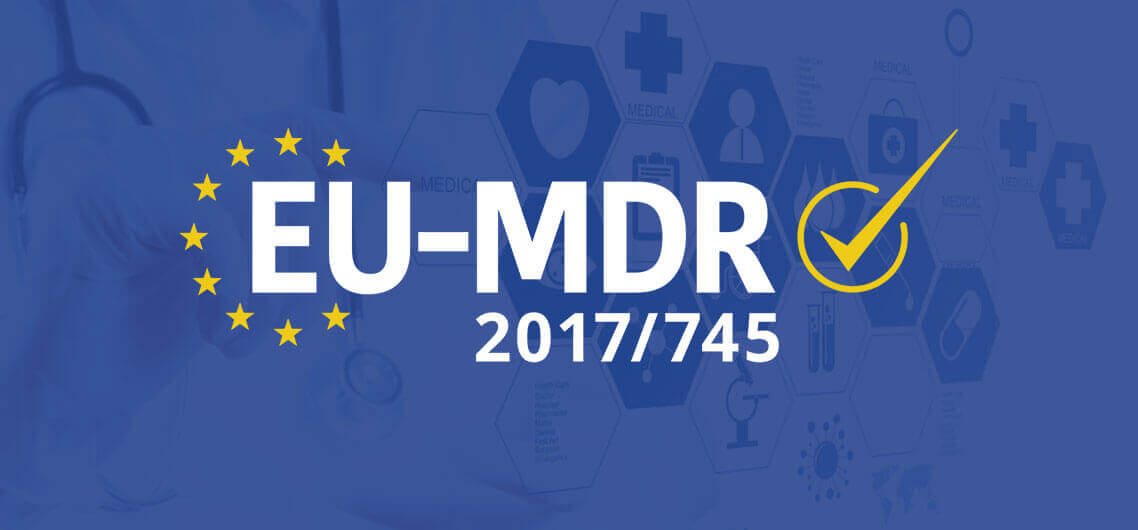Did you know merely stating “How your benefits outweigh the risks” is not sufficient to demonstrate compliance as per EU MDR???
Article 2 of EU MDR 2017/745 a ‘clinical benefit’ is defined as positive impact of a device on the health of an individual, expressed in terms of a meaningful, measurable, patient-relevant clinical outcome(s), including outcome(s) related to diagnosis, or a positive impact on patient management or public health.
Hence, the benefit shall always be quantified and a system must be put in place for the same and the notified bodies require quantitative assessment rather than a qualitative one.
Benefit-risk determination means the analysis of all assessments of benefit and risk of possible relevance for the use of the device for the intended purpose, when used in accordance with the intended purpose given by the manufacturer. The EU MDR refers to this multiple time within Annex I and with respect to clinical evaluation.
Currently there is no credible method to quantify the benefit-risk ratio. This blog proposes a method for calculating the benefit-risk ratio.
Article 61 of EU MDR 2017/745 refers to the acceptability of benefit risk ratio; and Article 62 states: “ (b) to establish and verify the clinical benefits of a device as specified by its manufacturer; (c) to establish and verify the clinical safety of the device and to determine any undesirable side-effects, under normal conditions of use of the device, and assess whether they constitute acceptable risks when weighed against the benefits to be achieved by the device.”
From the Post market point of view, EU MDR 2017/745, Article 83 states that “Data gathered by the manufacturer’s post-market surveillance system shall in particular be used: (a) to update the benefit-risk determination and to improve the risk management as referred to in Chapter I of Annex I;” Article 86 states that the PSUR shall set out the conclusion of benefit-risk ratio.
Clinical Benefit is not same as clinical performance, benefit and performance is differentiated as follows:
| Performance | Ability of device to achieve intended purpose |
| Clinical Performance | Ability to achieve intended purpose which leads to clinical benefit |
| Clinical Benefit | Positive impact of device on of an individual, expressed in terms of a meaningful, measurable, patient-relevant clinical outcome(s) |
Risks
ISO 14971 defines risk as combination of frequency of occurrence of harm and severity of that harm. Risks identified during clinical evaluation should be parallel to the risks mentioned in the risk management file. The risk analysis should include common harms, including the ones identified in the IFU or user manual or any adverse events reported.
Example:
Using the product’s IFU or User manual and risk management documentation; we have differentiated the performance outcomes, clinical benefits, risks and adverse events.
| Intended use | Wound dressing provides a moist environment for the management of partial and full thickness wounds |
| Instruction for use | Burns and scalds
Leg ulcers
Abrasions
Lesions |
| Performance outcomes | Moisture level of wound environment
Reduction in wound size |
| Benefits | Wound healing |
| Risks | Allergic reaction
Pain on removal of dressing |
| Adverse events | Bleeding
Infection |
Next, we need to determine the overall benefit and risk values. The two main factors for determining these values are: Magnitude and Frequency.
Magnitude:
How great is the benefit?
How severe is the risk?
Frequency:
Number of patients who experienced this benefit
Number of patients who experienced this risk
The rational for this approach is as per the guidance document MEDDEV 2.7/1 Rev. 4., Appendix A7.2; “a large benefit, even if experienced by a small population, may be significant enough to outweigh risks, whereas a small benefit may not, unless experienced by a large population of subjects”
To determine the value of magnitude is a subjective task compared to calculating the frequency of occurrence. To reduce bias, assign a magnitude value. Hence for risk, the severity values will be included in risk management file and generally ranges from 1 to 5. Magnitude of benefit can be determined by creating a scale, as described below:
| Magnitude | Harm | Benefit |
| 1 | Discomfort / inconvenience | Prevention of discomfort / inconvenience |
| 2 | Temporary injury or impairment not requiring medical intervention | Prevention of temporary injury or impairment not requiring medical intervention |
| 3 | Injury or impairment requiring medical intervention | Prevention of injury or impairment requiring medical intervention |
| 4 | Permanent impairment or life-threatening injury | Prevention of permanent impairment or life-threatening injury |
| 5 | Patient death | Life-saving |
Evaluating Benefit Risk Ratio
Once frequency and magnitude values are assigned, the product of frequency and magnitude is taken as quantification of benefit and risk value. On basis of these values, a benefit-risk ration is calculated.
| Benefit Value | Frequency x Magnitude |
| Risk Value | Frequency x Severity |
| Benefit Risk Ration | Benefit Value
Risk Value |
Determining Acceptability of Benefit-Risk Ratio
Acceptance criteria shall be defined before calculating the benefit and risk values. In simple words, benefit- risk ratio shall be greater than one i.e. benefit value is greater than risk value.
Maven Profcon Services LLP has implemented this approach to meet the requirement of EU MDR 2017/745 for quantification of benefit value and quantification of benefit-risk ratio. Contact us for support with Risk Management and Calculation of benefit- risk ratio as well as implementation of EU MDR and Quality Management System elements.






